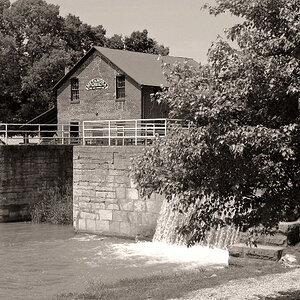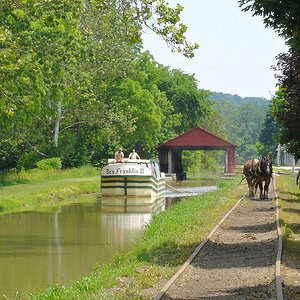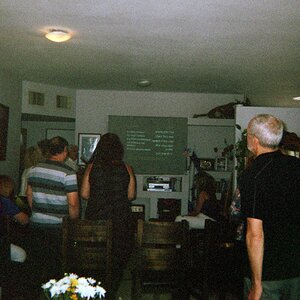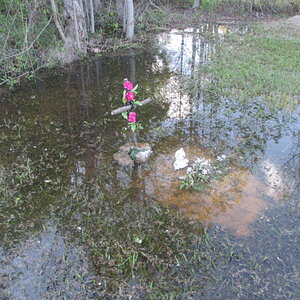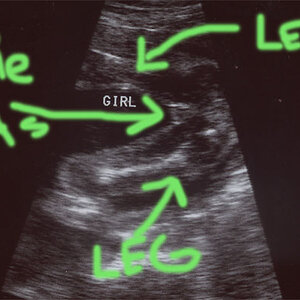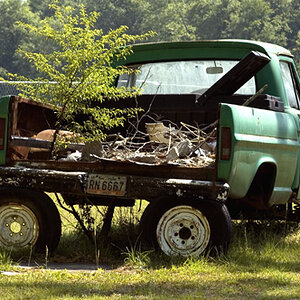Joe Scotto
TPF Noob!
- Joined
- Oct 20, 2014
- Messages
- 14
- Reaction score
- 4
- Location
- Syracuse, NY
- Can others edit my Photos
- Photos NOT OK to edit
I'm 16 years old and recently got into film photography. I understand the basics of how develop film but don't know what supplies and chemicals I need. I know that a developer and fixer is necessary but have read that a stop bath is not always needed. I've also heard that you can reuse chemicals multiple times. Also if anyone could post a link to proper supplies, that would be greatly appreciated.





